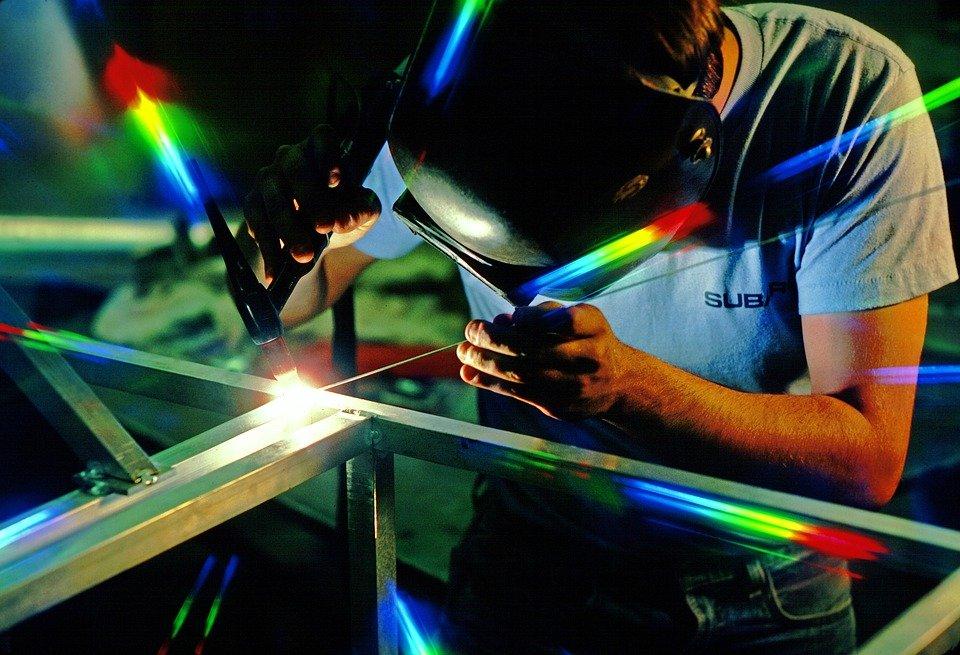
Welding is a profession that’s quite interesting and dangerous at the same time. Imagine working with thousands of volts of electricity to meld pieces of metal together to create something new. It takes a lot of competence to do this, and it’s not something that everyone can do.
Becoming a professional welder takes a lot of time and patience. You will have to study and pass courses, and you also need to hone your craft through firsthand exposure. You don’t simply dwell in books, but you grow through field experience. You need to develop a steady hand, especially working with aluminum. Although the material isn’t expensive and wastage can be processed in an aluminum recycling facility, an efficient welder takes pride in producing quality work the first time.
If you think you have the inclination to become a professional welder, here are the steps you need to consider.
Understand the demands of the trade
Once you decide that you have a passion for welding, you need to learn how to become one. You have to do your due diligence regarding the education you’ll have to cover, the career path and opportunities you have, and other similar things.
Becoming a welder will entail anywhere from seven months to two years, depending on the program that the person chooses. You will have to take certification courses in different welding styles and get the necessary hours. If you’ve decided to go this path, you’ll need to take other steps.
Take welding training
There are several training options if you wish to become a professional welder. You can choose to enroll in courses in community colleges and trade schools. You can also work as an apprentice or attend welding training programs offered by accredited institutions. They will assess your readiness and competencies in hand-eye coordination, basic and advanced mathematics such as geometry and trigonometry, and safety protocol requirements.
You can also train and master different types of welding, such as ARC welding, MIG welding, TIG welding, and oxyacetylene welding. Another specialized welding strand is hyperbaric welding, wherein you have to work underwater in pipelines, oil rigs, and ships.
Depending on the course program you will take, you can graduate within a few months with a certificate or within a few years with an associate’s or a bachelor’s degree in the craft.
On the job training
Before you become a certified welder, you will have to undergo rigorous hours of on-the-job training. This will entail you to work on different materials using various techniques. You will have to master skills in metal cutting, basic fitting, measuring, fabrication, and basic welding techniques. You’ll also have to try your hand at advanced techniques to help you understand the craft even more.
Certification and licensing
After the OJT, you will have to take certification courses from the accreditation councils in your locality. Once you pass the examinations, you can move on to licensing.
Takeaways
Becoming a welder takes a lot of time and investment. If you want to become one, prepare to do the necessary work and work hard.